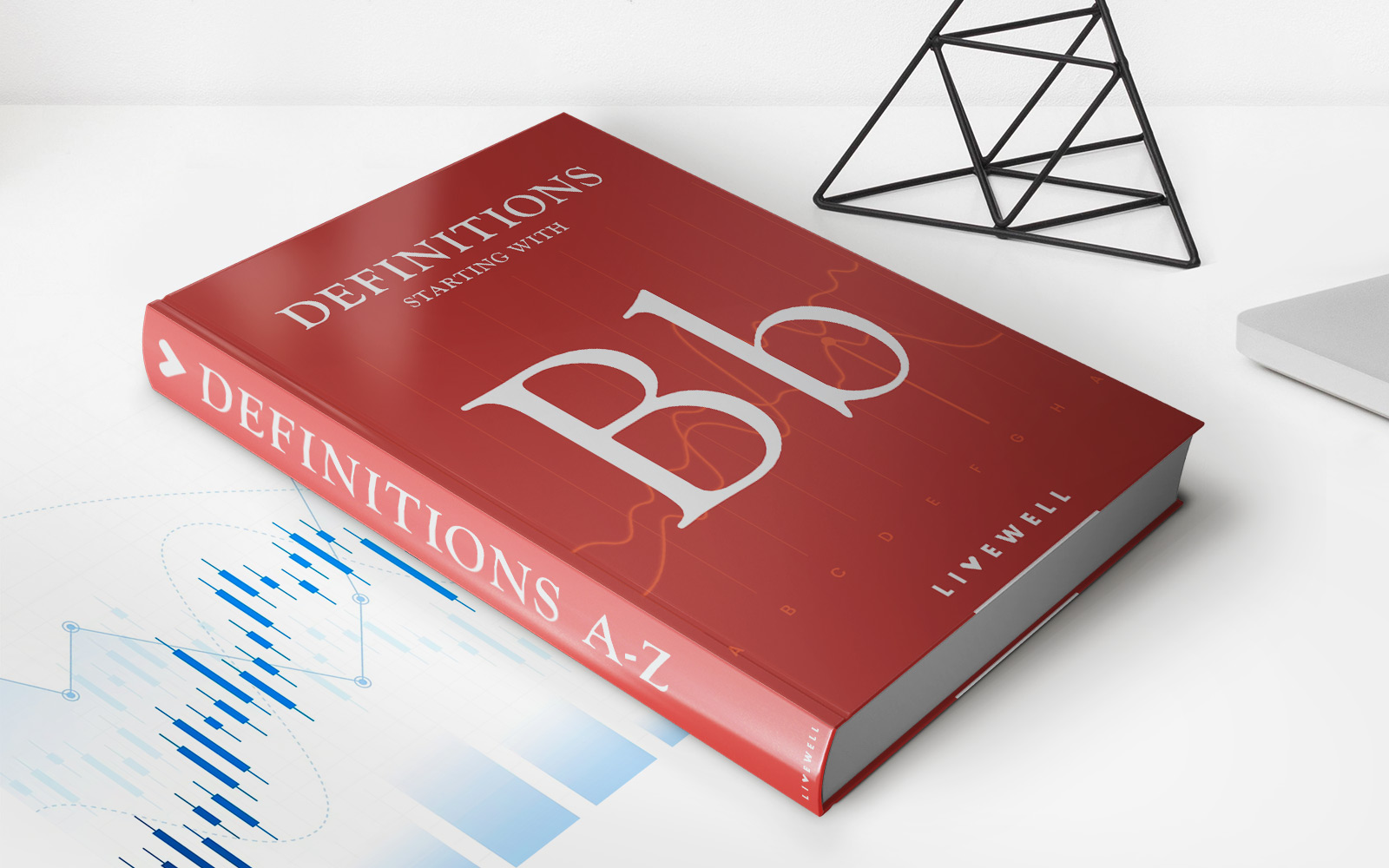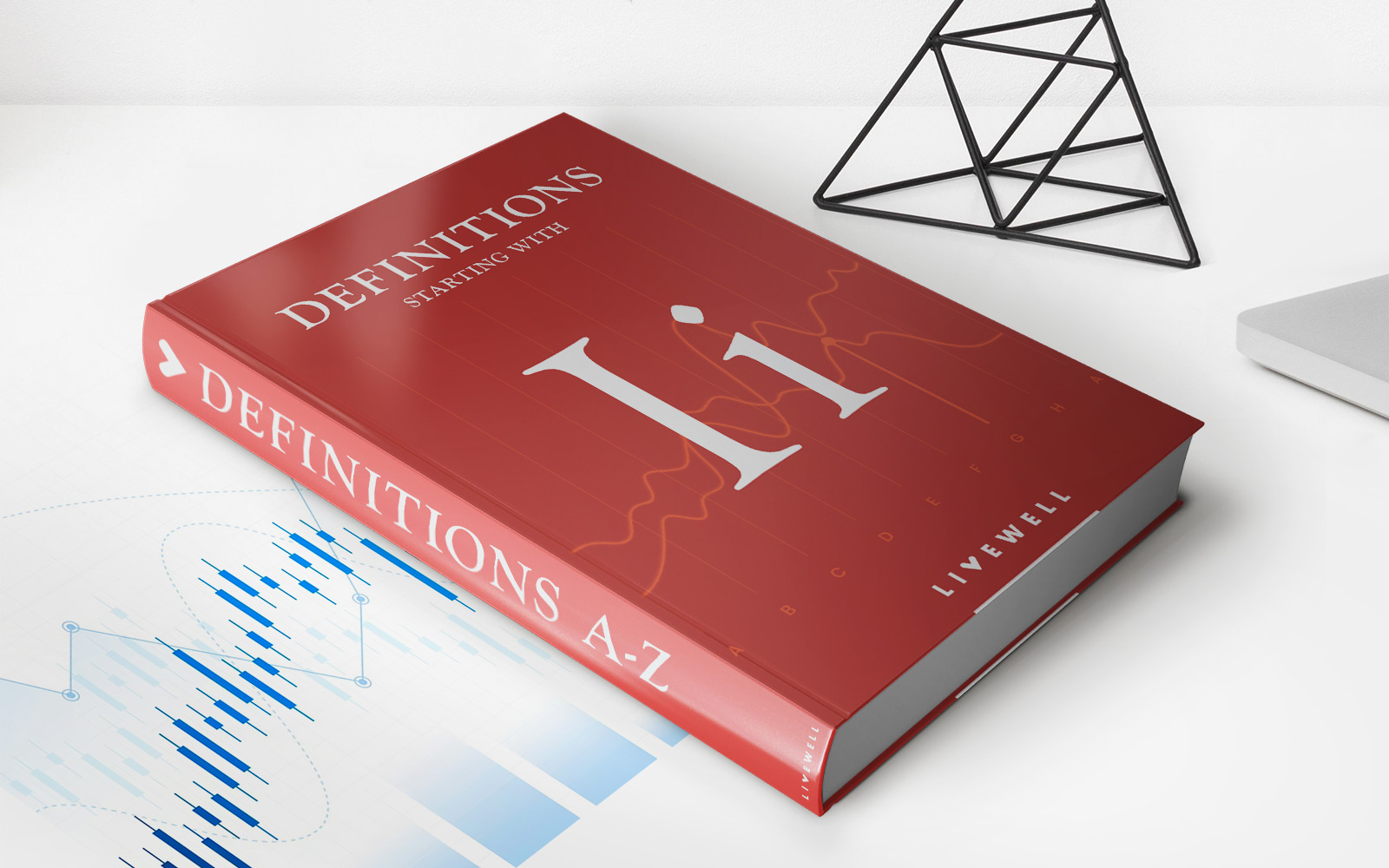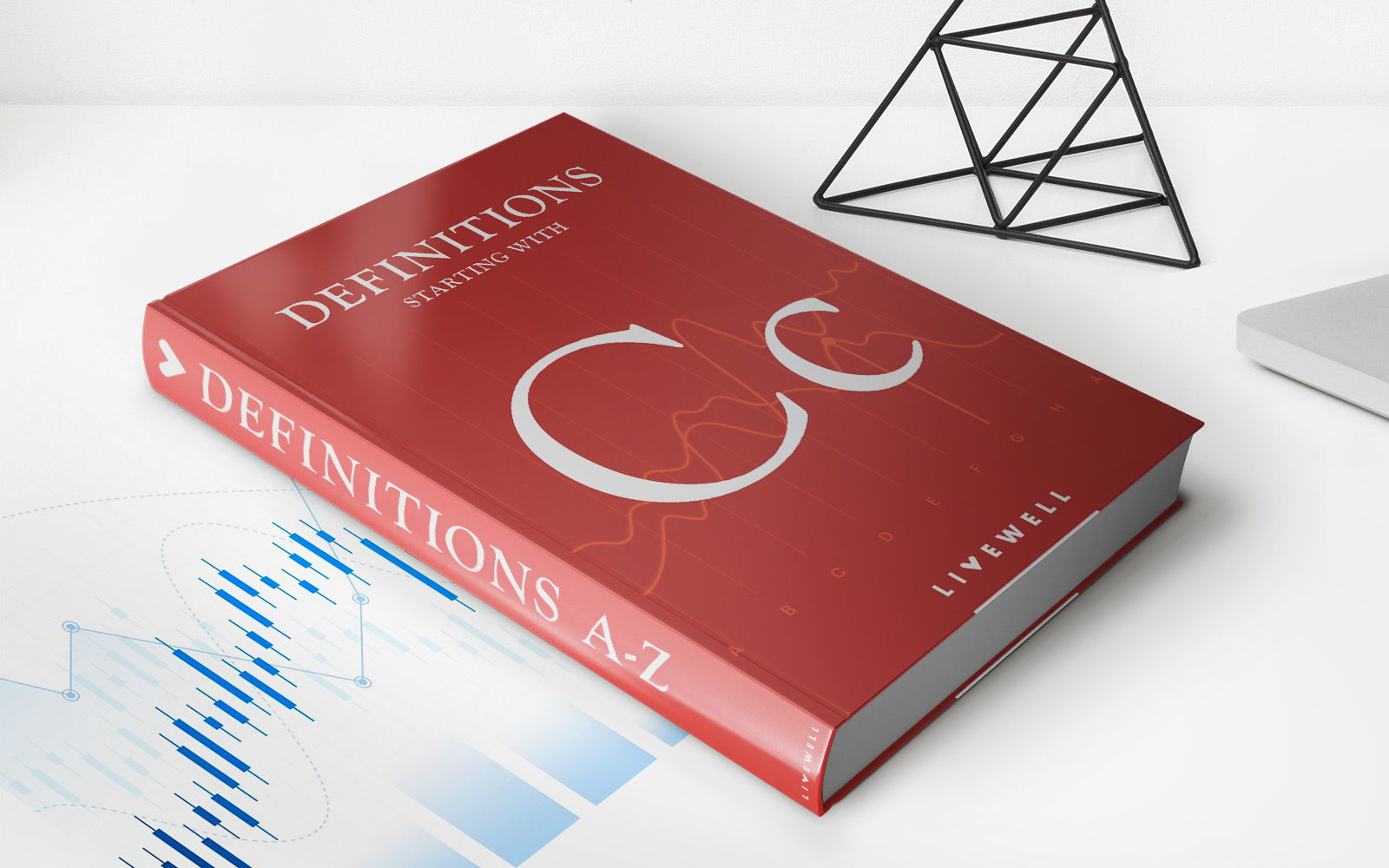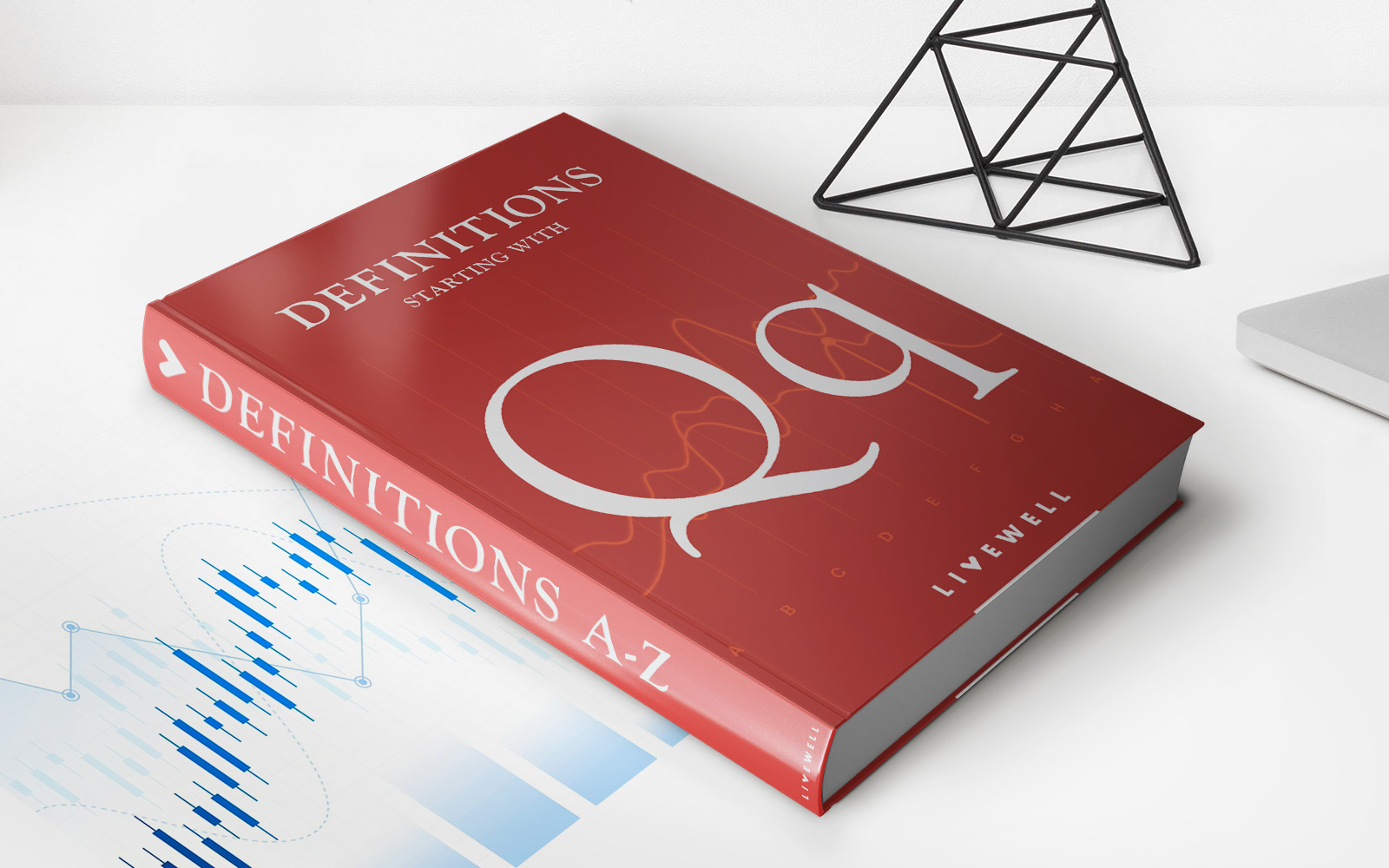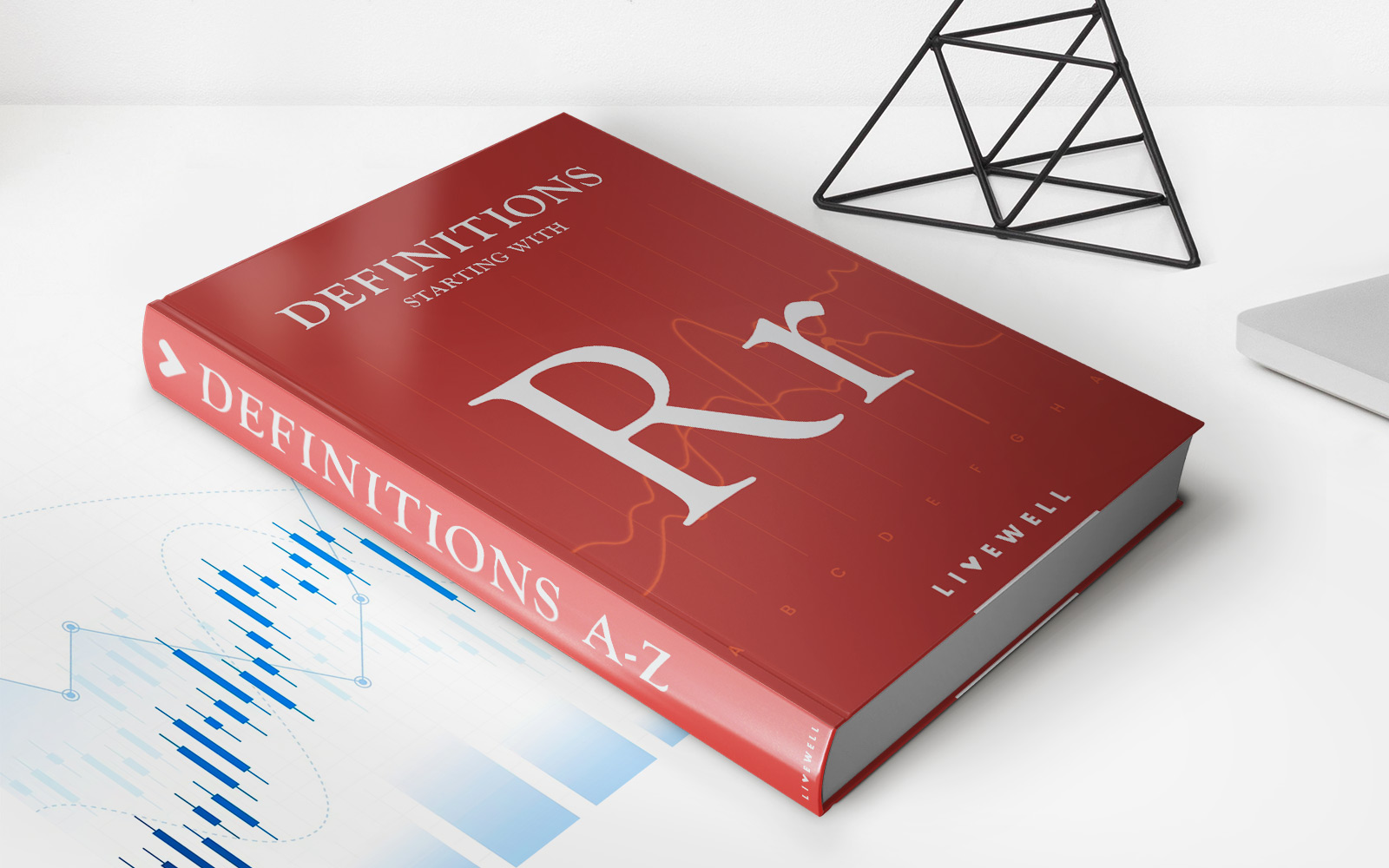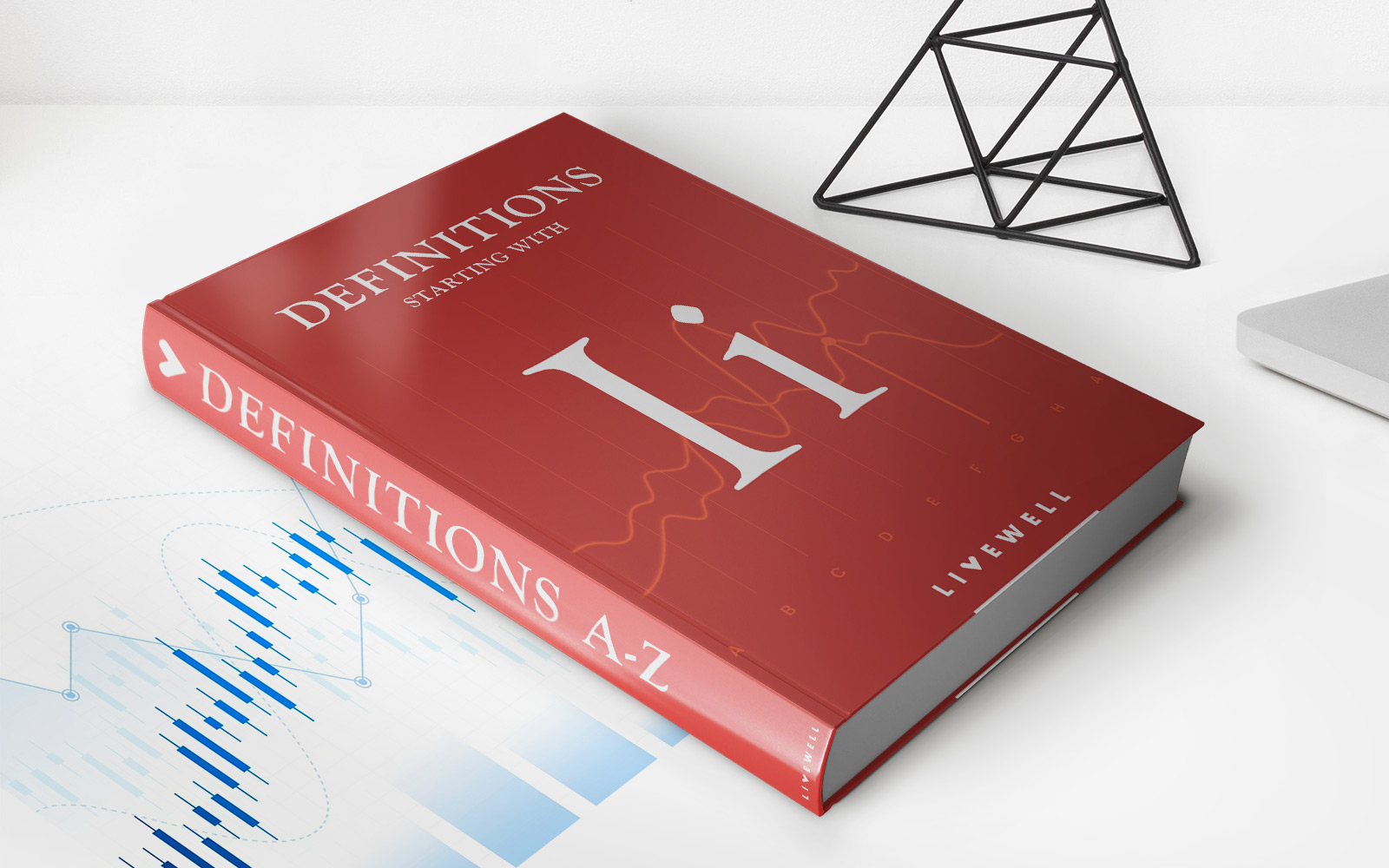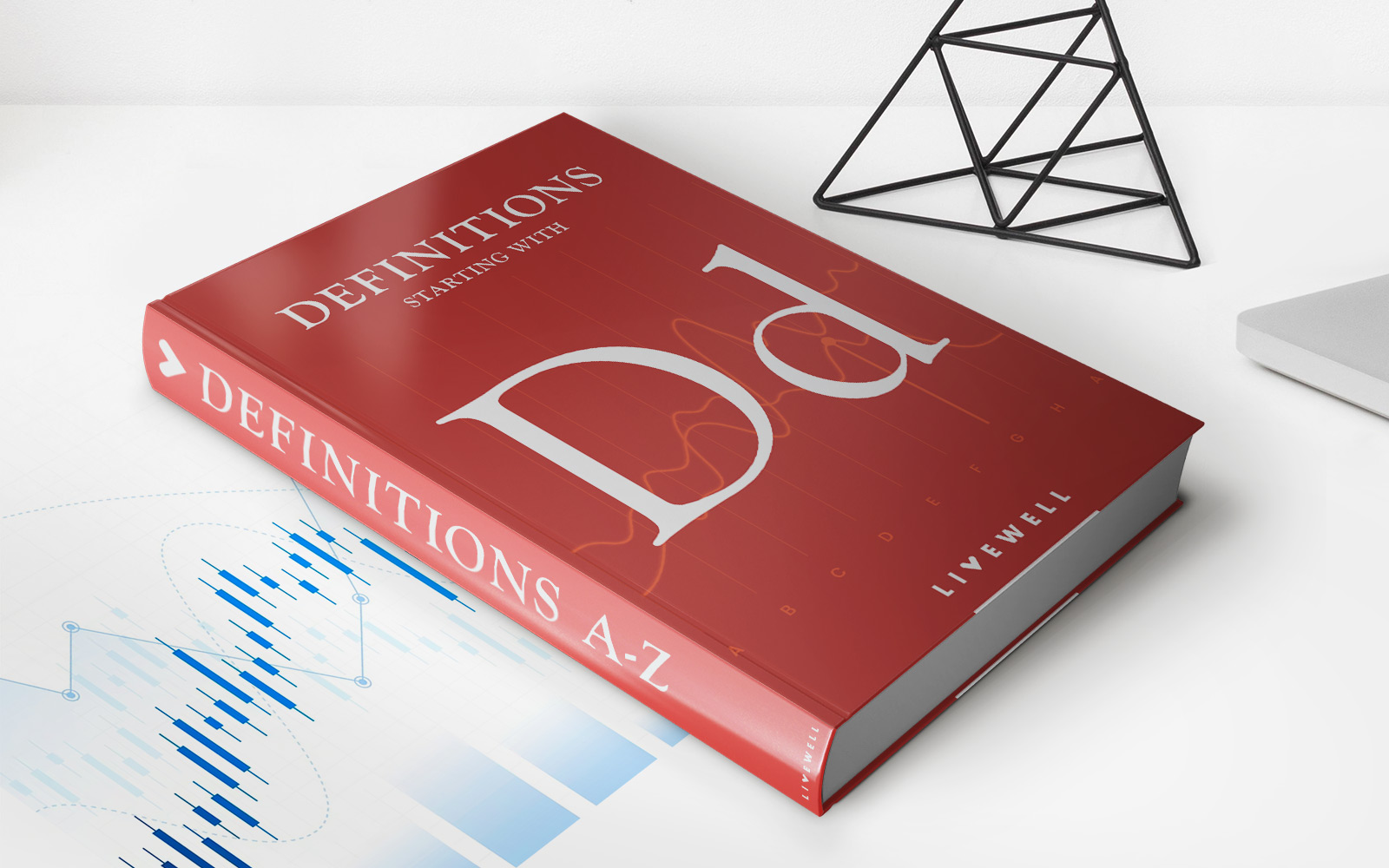Home>Finance>Input-Output Analysis: Definition, Main Features, And Types
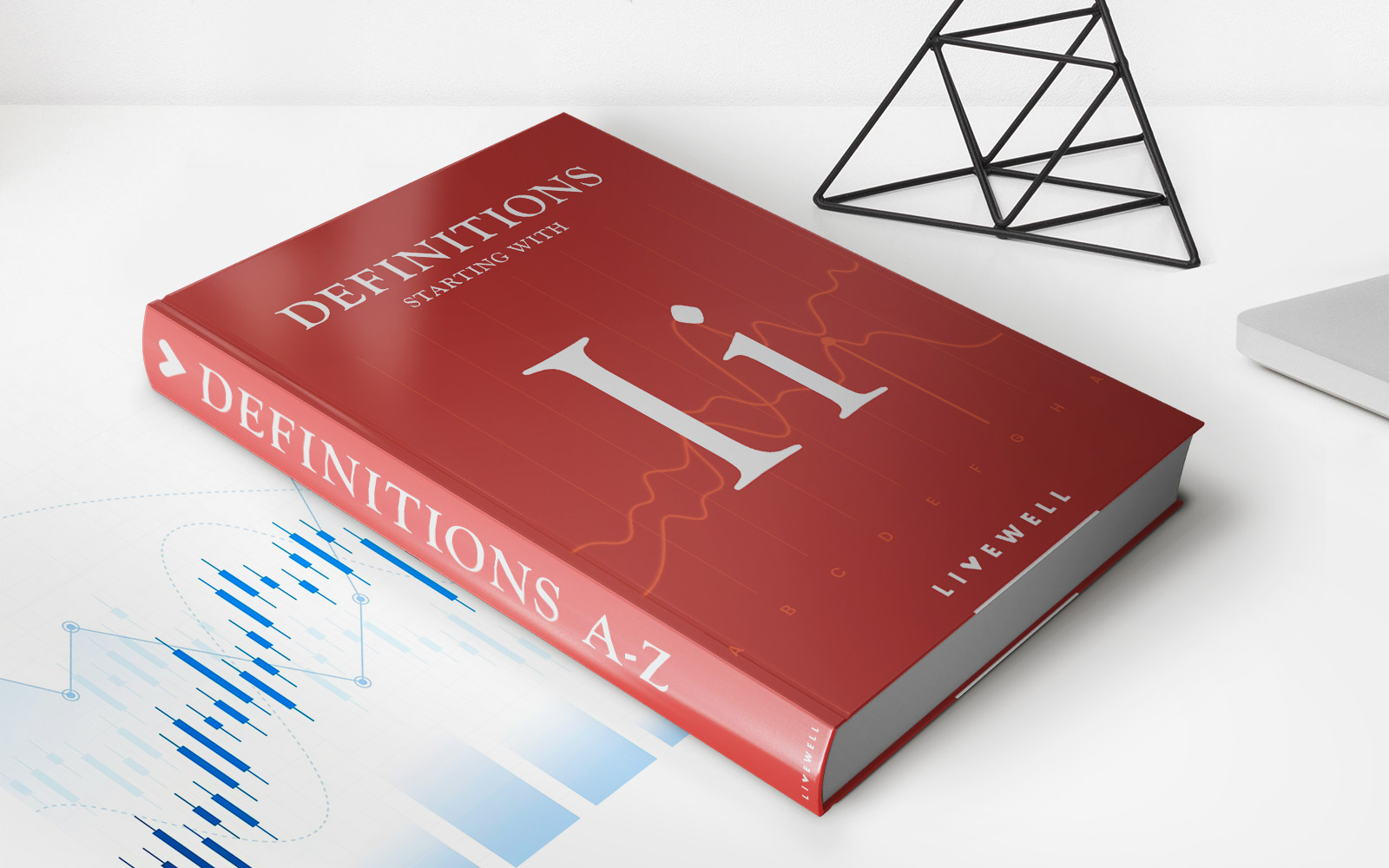

Finance
Input-Output Analysis: Definition, Main Features, And Types
Published: December 9, 2023
Learn about input-output analysis in finance: its definition, main features, and various types. Understand how this analytical tool contributes to understanding economic interdependencies and making informed financial decisions.
(Many of the links in this article redirect to a specific reviewed product. Your purchase of these products through affiliate links helps to generate commission for LiveWell, at no extra cost. Learn more)
Understanding Input-Output Analysis in Finance
Finance is a vast field that encompasses various concepts and theories. One such concept that plays a significant role in understanding the interdependencies within an economy is Input-Output Analysis. It provides a holistic view of how different sectors and industries within an economy are interconnected and how changes in one sector can have ripple effects throughout the entire system. In this blog post, we will delve into the definition, main features, and types of Input-Output Analysis.
Key Takeaways:
- Input-Output Analysis helps us understand the interdependencies between different sectors of an economy.
- It is a valuable tool for policy-makers, economists, and business leaders to assess the impact of changes in a particular sector on the overall economy.
Definition of Input-Output Analysis
Input-Output Analysis is an economic model that examines the interrelationships between different sectors of an economy through the flows of inputs and outputs. It measures how sectors rely on each other for inputs and how they contribute to the production of outputs. In simple terms, it analyzes the inputs required by a sector, the outputs it produces, and the flows of goods, services, and capital between sectors.
Main Features of Input-Output Analysis
Input-Output Analysis has several key features that make it a powerful tool for understanding and analyzing economic systems:
- Interdependence: Input-Output Analysis recognizes that sectors of the economy are interconnected and depend on each other for inputs and outputs. It examines how changes in one sector can impact other sectors and the overall economy.
- Multiplier Effects: This analysis evaluates the multiplier effects of changes in one sector on the rest of the economy. It helps quantify the indirect and induced effects of changes, such as increased spending or investment.
- Quantitative Approach: Input-Output Analysis utilizes a quantitative approach to measure the relationship between inputs and outputs. It estimates the production and consumption patterns, allowing for forecasting and scenario analysis.
- Accounting Framework: It provides an accounting framework to measure and analyze the flow of goods, services, and funds between different sectors. This enables a deeper understanding of the interrelationships and linkages between sectors.
Types of Input-Output Analysis
Input-Output Analysis can be classified into two main types:
- Static Input-Output Analysis: This type of analysis examines the interrelationships between different sectors of the economy at a specific point in time. It provides a snapshot of the interdependencies and is often used for benchmarking or sector-level analysis.
- Dynamic Input-Output Analysis: Unlike static analysis, dynamic input-output analysis takes into account changes over time. It considers the effects of new investments, changes in technology, or shifts in consumer preferences. Dynamic analysis can help predict the long-term effects of policy changes or economic shocks.
By employing either static or dynamic input-output analysis, economists and policy-makers can gain valuable insights into the functioning of the economy, identify key sectors, and assess the potential impact of various policy decisions.
In Conclusion
Input-Output Analysis is a vital tool in the field of finance that helps us understand the interdependencies and flow of inputs and outputs between different sectors of an economy. By utilizing this analysis, economists, policy-makers, and business leaders can make informed decisions, forecast potential impacts, and ensure sustainable economic growth. With its ability to measure interrelationships and quantify effects, Input-Output Analysis proves to be instrumental in shaping economic policies for a better future.


